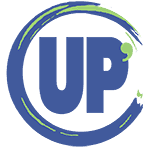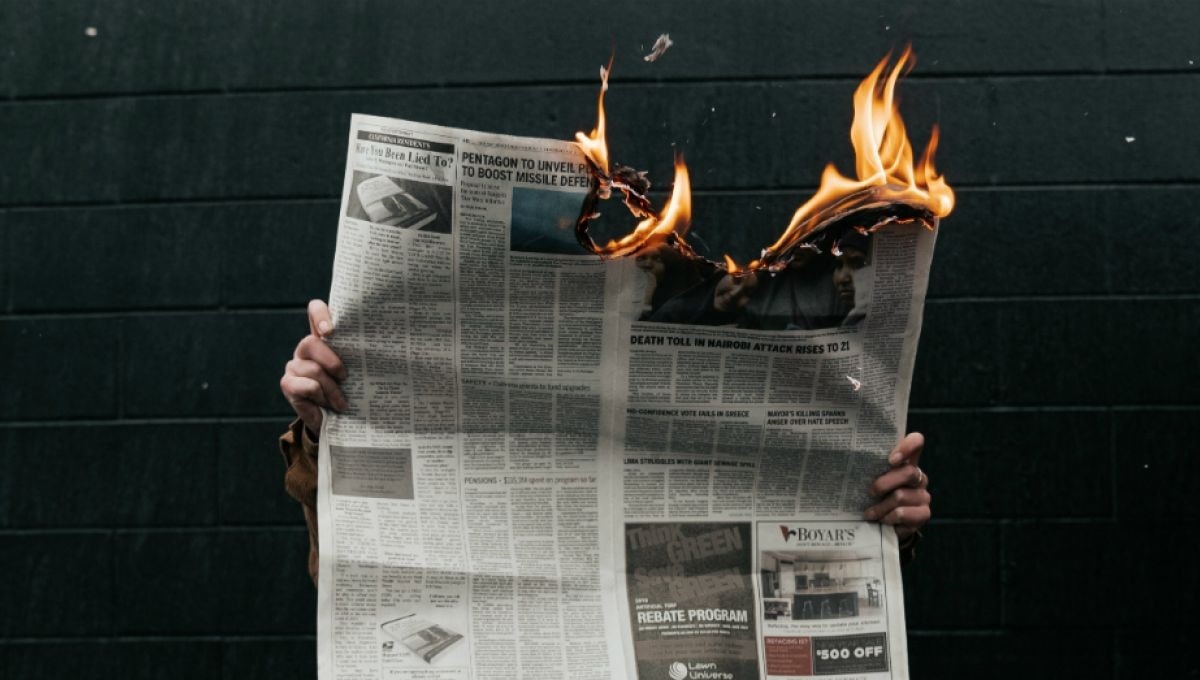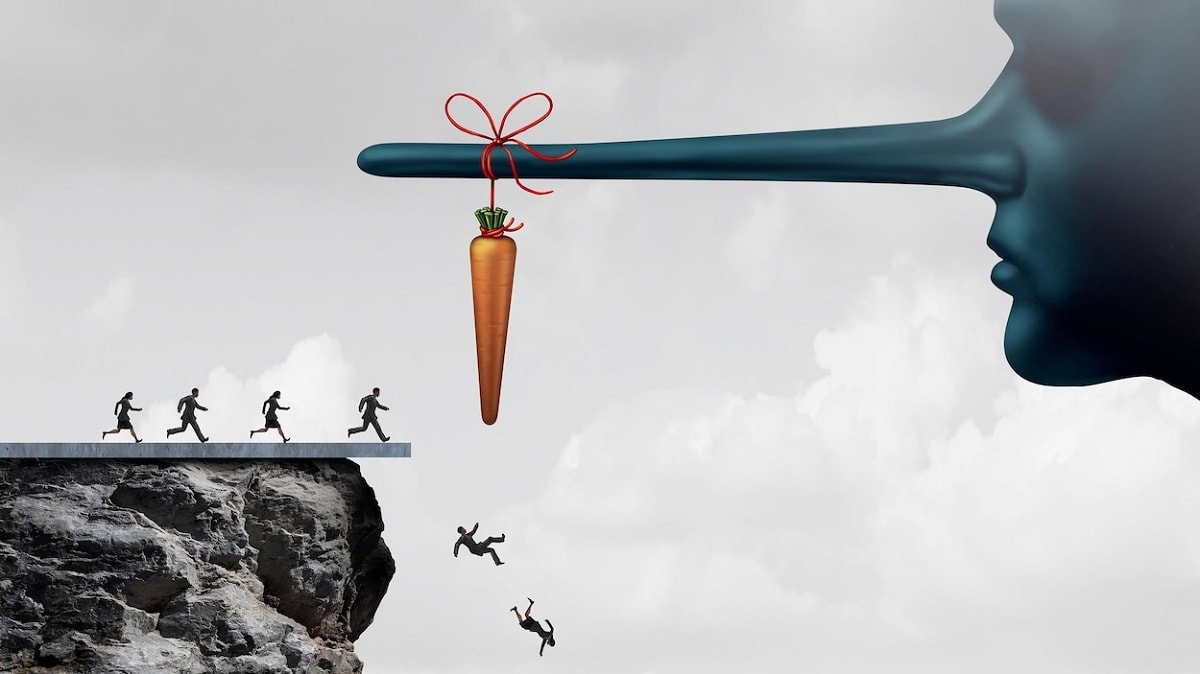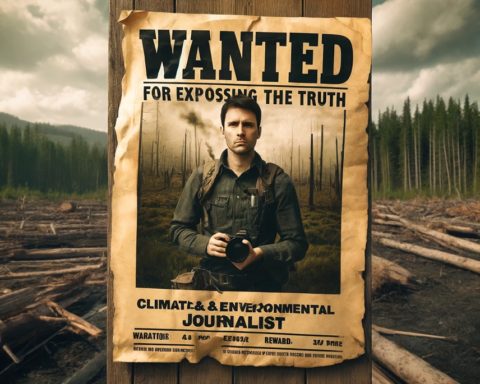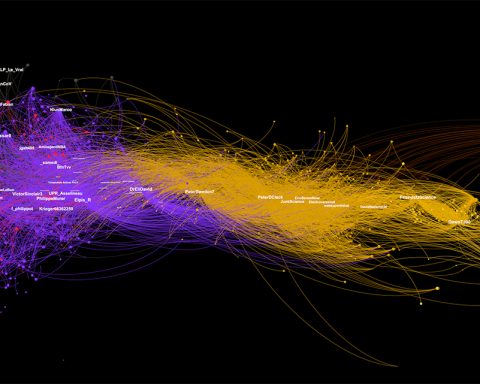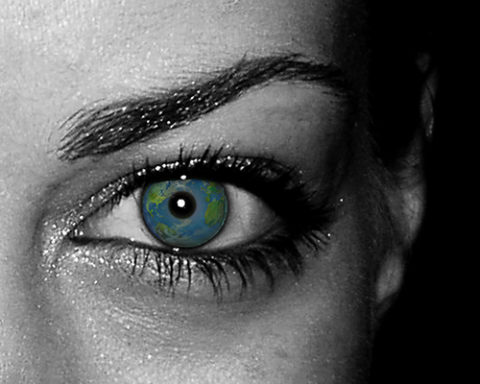Que peut faire le journalisme face à toutes les formes de désinformation ? La Fondation Hirondelle, qui célèbre ses 25 ans ce mois de mars, et l’UNESCO viennent de publier en français le manuel « Journalisme et désinformation ». Il donne des clés pour prendre du recul face à la désinformation…
Journalisme & Désinformation : c’est le sujet d’un manuel de formation de Cherilyn Ireton et Julie Posetti, dont la version originale a été publiée en 2018 en anglais par l’UNESCO. La version française vient d’être publiée par la Fondation Hirondelle dans le cadre d’un partenariat avec l’organisation onusienne. Ce manuel offre aux jeunes journalistes et étudiant/es francophones à travers le monde des clés et donne des outils pour déjouer les pièges de la désinformation contemporaine.
Il nous paraît cependant très utile que le grand public puisse aussi en prendre connaissance. En effet, de récentes études ont révélé des statistiques inquiétantes sur notre capacité de faire la différence entre les reportages trompeurs et le journalisme responsable – entre les « fausses nouvelles » et la vérité : Selon le Pew Research Center, environ 64 % des Américains affirment que le phénomène des fausses nouvelles les rend confus quant aux sources auxquelles se fier ; au Royaume-Uni, une commission créée en 2018 sur les fausses nouvelles et l’enseignement des compétences essentielles en littératie a conclu que moins de 2 % des jeunes Britanniques à qui on présentait six articles – quatre vrais et deux inventés – pouvaient distinguer ceux qui étaient authentiques de ceux qui ne l’étaient pas ; enfin, un sondage mené en 2019 pour la Fondation pour le journalisme canadien a révélé que 40 % des Canadiens n’avaient pas confiance en leur capacité de faire la différence entre les vraies actualités et la mésinformation (1).
A propos de désinformation
« Plus que jamais, la société de l’information, consubstantielle de la démocratie, est atteinte de ce virus meurtrier que le monde désigne depuis l’élection de Donald Trump par cette locution globale : « fake news », littéralement « fausse information ». Une mauvaise formule, en réalité, qui ajoute à la confusion en assemblant deux termes contradictoires puisqu’une information, par définition, désigne un fait exact. » explique le responsable éditorial de la Fondation Hirondelle, Michel Beuret, dans l’avant-propos de ce manuel.
Comme le rappellent les auteurs du manuel, Cherilyn Ireton et Julie Posetti, « la désinformation ne date pas d’aujourd’hui, mais elle est maintenant alimentée par les nouvelles technologies : elle est devenue, au XXIe siècle, une véritable arme, comme cela n’avait pas été le cas auparavant. De nouvelles technologies puissantes facilitent la manipulation et la fabrication des contenus, tandis que les réseaux sociaux amplifient de façon spectaculaire les fausses nouvelles diffusées par des Etats, des responsables politiques populistes et des entreprises malhonnêtes, car elles touchent un public dépourvu de sens critique et du discernement nécessaire. »
« Nous sommes alarmés par les cas dans lesquels les autorités publiques dénigrent, intimident et menacent les médias, notamment en affirmant que ces derniers sont « l’opposition » ou qu’ils « profèrent des mensonges » et ont un agenda politique caché, ce qui accroît le risque de menaces et de violences contre les journalistes, sape la confiance du public dans le journalisme dans son rôle de « chien de garde public » et peut induire le public en erreur en brouillant les lignes entre la désinformation et les contenus médiatiques qui contiennent des informations pouvant faire l’objet de vérifications indépendantes. »Ce qu’il faut avoir en tête, c’est que « le développement de stratégies journalistiques pour lutter contre la désinformation doit s’accompagner de la prise de conscience du fait que la manipulation de l’information remonte à des milliers d’années, alors que le journalisme professionnel est relativement récent*. Au fur et à mesure que le journalisme évoluait, en remplissant un rôle normatif dans la société contemporaine, les médias d’information ont pu opérer, dans la plupart des cas, loin des officines de fausses informations et des attaques déguisées, protégés par des journalistes attachés à l’éthique professionnelle de la vérité et de l’intérêt général employant des méthodes de vérification. Le journalisme a traversé différentes phases et cycles au cours desquels il a « cherché ses marques ».
Aujourd’hui, malgré le caractère pluriel du « journalisme » il est encore possible d’identifier la diversité des récits, dans l’information, comme s’il s’agissait des membres d’une famille commune de méthodes de communication distinctes, fondées sur l’éthique, qui recherchent également l’indépendance, du point de vue éditorial, par rapport aux intérêts politiques et économiques. »
*cf. le module 3 du manuel
Un manuel pour aider à lutter contre la désinformation
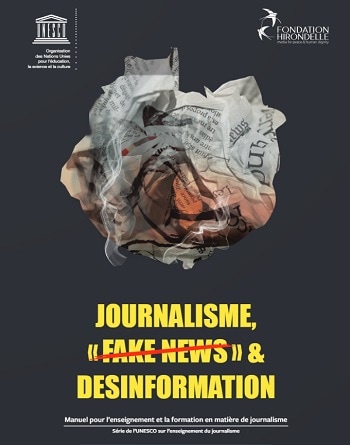 En tant que programme, ce manuel comprend deux parties distinctes : les trois premiers modules définissent le problème de la désinformation en l’inscrivant dans un contexte, tandis que les trois modules suivants se concentrent sur les réponses possibles aux « désordres de l’information » et à leurs conséquences.
En tant que programme, ce manuel comprend deux parties distinctes : les trois premiers modules définissent le problème de la désinformation en l’inscrivant dans un contexte, tandis que les trois modules suivants se concentrent sur les réponses possibles aux « désordres de l’information » et à leurs conséquences.
Le Premier Module, Pourquoi c’est important : vérité, confiance et journalisme, invite à réfléchir sur la signification et les conséquences plus vastes de la désinformation et de la mésinformation et sur la manière dont elles alimentent la crise de confiance dont fait l’objet le journalisme.
Le Deuxième Module, Réflexions sur les « désordres de l’information : formes de la mésinformation et de la désinformation » décortique le problème et offre un cadre pour mieux comprendre les dimensions du problème.
Le Troisième Module, Transformation du secteur de l’information : technologie numérique, plateforme sociale et divulgation de la mésinformation et de la désinformation expose comment au XXIe siècle, dans la plupart des pays du monde, la confiance fragile que le public accordait aux médias était déjà en baisse avant même que les plateformes de réseaux sociaux occupent le devant de la scène, offrant à tout le monde l’espace et les outils nécessaires pour partager des informations. Les raisons de cette baisse sont multiples et complexes.
Maintenant, ce sont l’ampleur, l’esprit d’entreprise et la portée de la divulgation de fausses nouvelles en ligne qui sont à l’origine d’une nouvelle crise du journalisme, qui a des répercussions pour les journalistes, les médias et la société tout entière.
Le Quatrième Module Lutter contre la mésinformation à travers l’éducation aux médias et à l’information, explique comment les enseignants, les journalistes et les responsables des politiques en matière d’information devraient répondre à ce phénomène.
Le Cinquième Module Vérification : vérification de fait explique qu’en fin de compte c’est la rigueur de la vérification qui distingue le journalisme professionnel du reste de l’information.
Le Sixième Module Vérification des réseaux sociaux : évaluation des sources et des contenus visuels est très pratique et traite des problèmes inhérents à la vérification et au journalisme factuel résultant de la technologie numérique et des réseaux sociaux.
La désinformation est un problème de portée mondiale, qui dépasse la sphère de la politique pour « s’étendre à tous les aspects de l’information, y compris au changement climatique, au divertissement, etc. Toutefois, à ce jour, la plupart des études de cas documentés, des réponses initiales et des financements destinés à la recherche et aux outils viennent des Etats-Unis où les géants mondiaux de la technologie ont leurs sièges et où les accusations formulées par le Président Donald Trump selon lesquelles les médias et les journalistes seraient des fauteurs de « fausses informations » ont encouragé le lancement d’actions et l’apport de financements.
La situation ne cesse d’évoluer, chaque jour, dans le monde entier, notamment en ce qui concerne la réponse de nombreux Etats, qui étudient les règlementations et des lois pour s’attaquer à ce problème. Les grandes entreprises technologiques ont également mis en œuvre d’importants efforts pour essayer de faire obstacle à la désinformation et à la mésinformation sur leurs plateformes respectives. A l’élaboration de ce manuel, la Commission Européenne a produit un rapport rédigé à partir d’une enquête dans lequel elle a exprimé sa préoccupation pour le préjudice causé à la société tout entière par la désinformation et la mésinformation.
Pour bien fonctionner, la presse et la démocratie ont besoin d’esprit critique, de transparence et doivent apprendre à tirer des leçons des conséquences des erreurs journalistiques. Elles ont également besoin que nous soyons capables, collectivement, de distinguer ces erreurs du mensonge et de la tromperie. Dans le cas contraire, la vraie information sera décrite comme fausse et les nouvelles fabriquées (foutaises) seront présentées comme des faits réels.
Craig Silverman.
Télécharger ou consulter le manuel
(1) Source : UNESCO, septembre 2019
